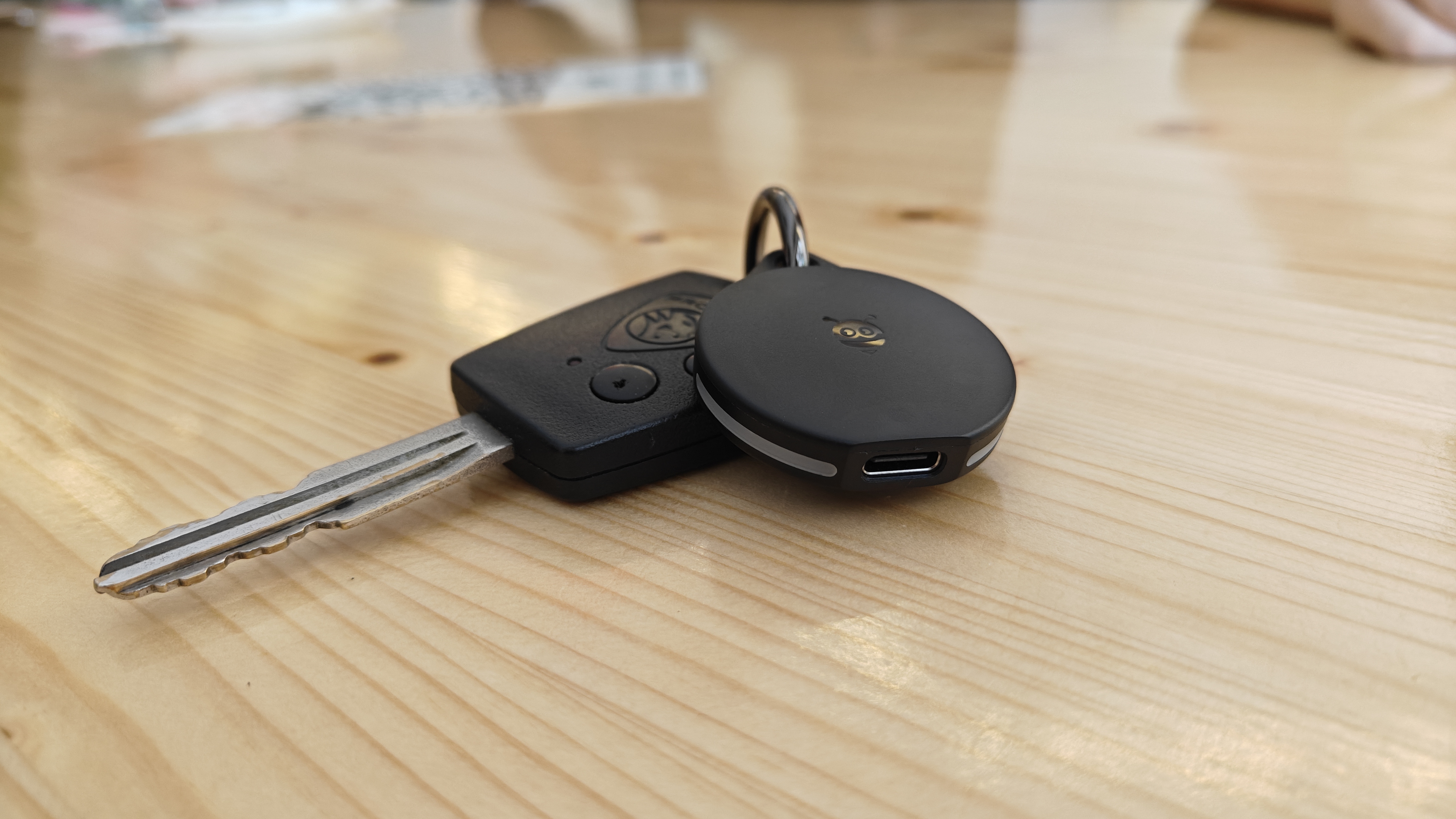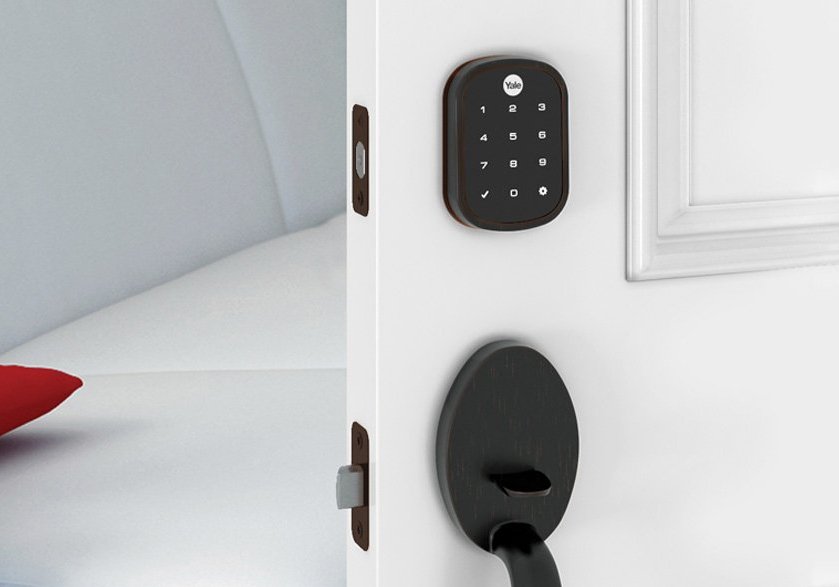The Bluetooth SIG has finalized the Bluetooth 6.0 specifications, and soon, we’ll start seeing devices that support it. Most of the time, this means a bunch of words and different numbers on a spec sheet without any benefits that we can actually see, but this time, it should be different. Some of these changes are going to make differences that consumers like us will notice.
Most of the changes are under the hood, and for things, we aren’t interacting with. However, the companies making devices and the people building out software solutions are, and these should make a marked improvement in things like Bluetooth connection stability, data speeds, and overall device battery life. The one big change is called Channel Sounding, and it’s all about providing true spatial awareness to Bluetooth.
What’s new in Bluetooth 6
Bluetooth 6.0 brings six new sets of features to the specification:
Bluetooth Channel Sounding: This brings real spatial and distance awareness to Bluetooth. This unlocks a whole host of enhancements and new capabilities. We’ll have a look at this in its own section.
Decision-Based Advertising Filtering: This isn’t about advertisements like the ones you see on a website or social media. This is all about how signals and Bluetooth LE packets identify themselves to devices. This feature allows a device to use the contents of a data packet received on a primary device channel to decide if it needs to scan for related data packets on secondary channels. If that all sounds Greek to you, it’s OK. What you need to know is this will cut back on data loss, and when a device doesn’t have to fetch the same data twice, everything is faster.
Monitoring Advertisers: Again, this has nothing to do with product advertising. This feature allows a device acting as an observer (the one receiving the data) to filter out duplicate data packets from the advertising device (the one doing the sending). It includes built-in protections to make sure a host device knows when another device moves out of range, which could be a problem if multiple packets are filtered out. This will save battery and improve Bluetooth latency.
Isochronous Adaptation Layer Enhancement: This allows larger sets of data to be broken down into smaller data packets for faster transfer speeds. It also includes a new mode to reduce latency based on PDU framing. This is as technical as it sounds, but it means that latency for LE connections can be reduced, and data transfer can be improved.
Frame Space update: Before Bluetooth 6, almost all data packets were spaced 150 microseconds apart. That sounds fast, but sometimes it was still slower than it needed to be, while other times it wasn’t slow enough. With Bluetooth 6, the timing between data packets is negotiable and can be shorter or longer than 150 microseconds. This will improve connection stability
A lot of this sounds very technical and I’ve tried to trim it down to its simplest form. If you’re interested in the core mechanics of any of these features, the Bluetooth SIG has a great resource paper with all the details.
Bluetooth Channel Sounding

Bluetooth Channel Sounding allows Bluetooth to be much more precise when determining where two or more Bluetooth devices are in relation to each other. Simply put, it means that two devices supporting the new feature can find each other across a wider area and within a centimeter of accuracy.
How it works is fascinating. It uses two distance measuring methods: Phase-Based Ranging and Round Trip Timing. These can be used separately or together and can achieve extremely accurate measurements.
Phase-Based Ranging (PBR) uses the relationship between the phase, frequency, and wavelength of a radio signal. All signals have this relationship and PBR exploits it to calculate a distance.
1. The initiating device transmits a signal to the reflecting device.
2. The reflecting device echoes the signal back to the transmitting device.
3. The initiating device measures the phase of the signal it receives.
4. The process is repeated with a new signal, which results in a new phase measurement.
Distance is then calculated using a formula built on the frequency difference, the phase difference, and the speed of light. This is extremely accurate to a distance of 150 meters using a 1MHz signal.

Round Trip Timing (RTT) measures the time it takes for a signal to travel from a transmitting device to a receiving device and back to where it originated. It’s more simple and has a longer range than PBR.
1. The initiating device sends a data packet and records the Time of Departure (ToD).
2. The receiving device receives the packet and then echoes it back after a pre-determined delay.
3. The transmitting device receives the packet back and records a second timestamp called the Time of Arrival (ToA).
4. The distance is calculated using the difference between ToD and ToA with the predetermined delay calculated into the formula, multiplied by the speed of light.
N * 299792458 m/s = X
It also takes time to calculate the sending, timing, and receiving of a signal, which is determined by the hardware and inserted into the result, giving an accurate measurement of distance. This is very close to the way a dedicated ToF sensor in a camera assembly works to measure focal distance.
RTT can provide 100% accurate distance measurement, but the device hardware is unable to be perfectly precise, so there will always be a very small range of errors.
This is just a high-level but (hopefully) simplified overview of the technology. To learn more about Bluetooth Channel Sounding, including the full technical details, see the white paper on the Bluetooth SIG website.

Bluetooth Channel Sounding also incorporates several strong security features that help prevent distance spoofing and man-in-the-middle attacks. These include signal randomization, robust encryption, and the ability to cross-check signal path and distance between PBR and TFF measurements.
All of this makes Bluetooth 6 a much better solution for services like Find My networks, digital keys and smart locks, and even your Bluetooth mouse.
When to expect Bluetooth 6 devices
As of the time of this writing, no Bluetooth 6-enabled devices have been announced. The new specification was released in August of 2024, and all device manufacturers have access to the full range of features. That said, the Snapdragon 8 Elite supports Bluetooth 6, so it may be only a matter of time before smartphone OEMs start incorporating it into their devices.
